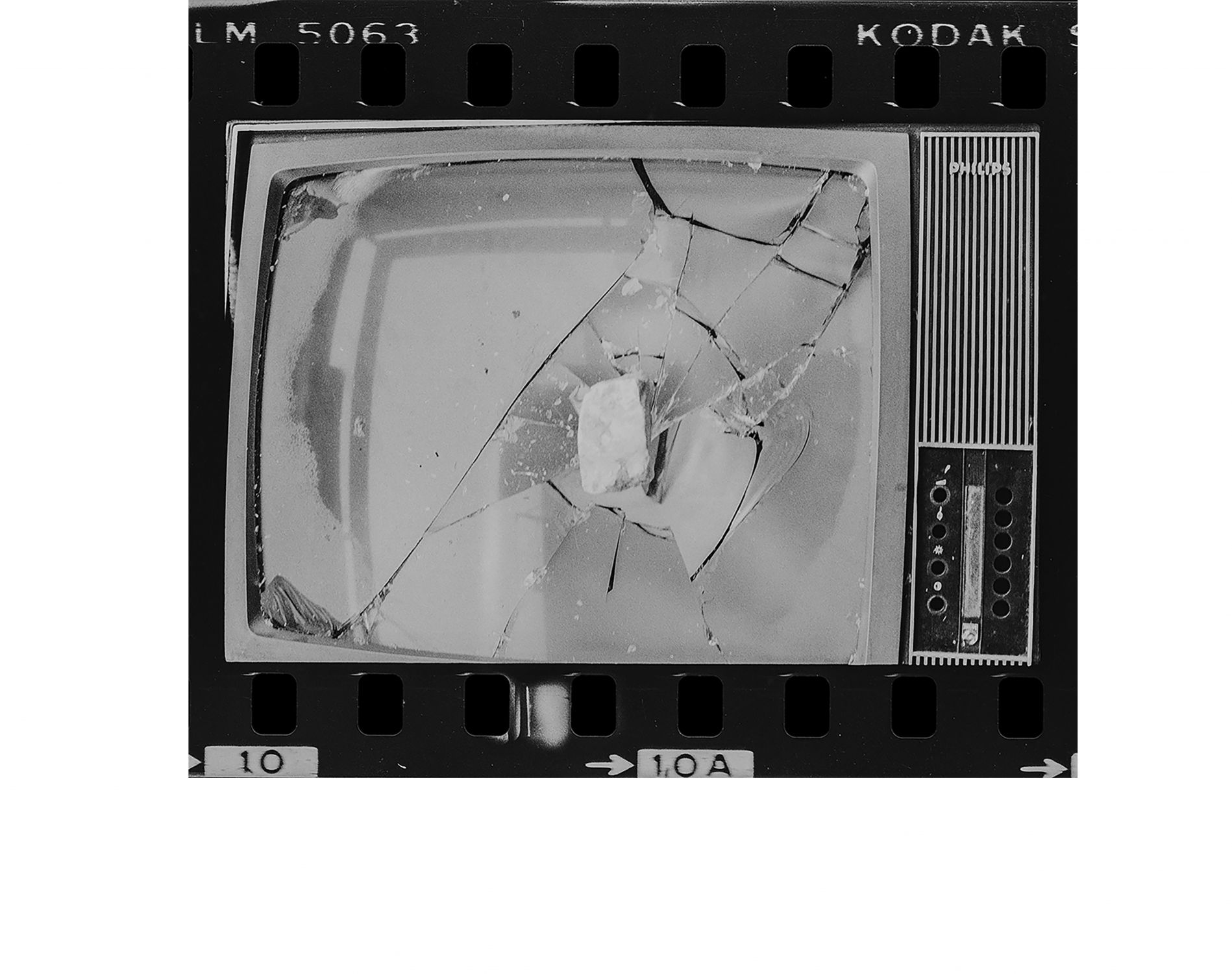Bad paintings
João Miguel Ramos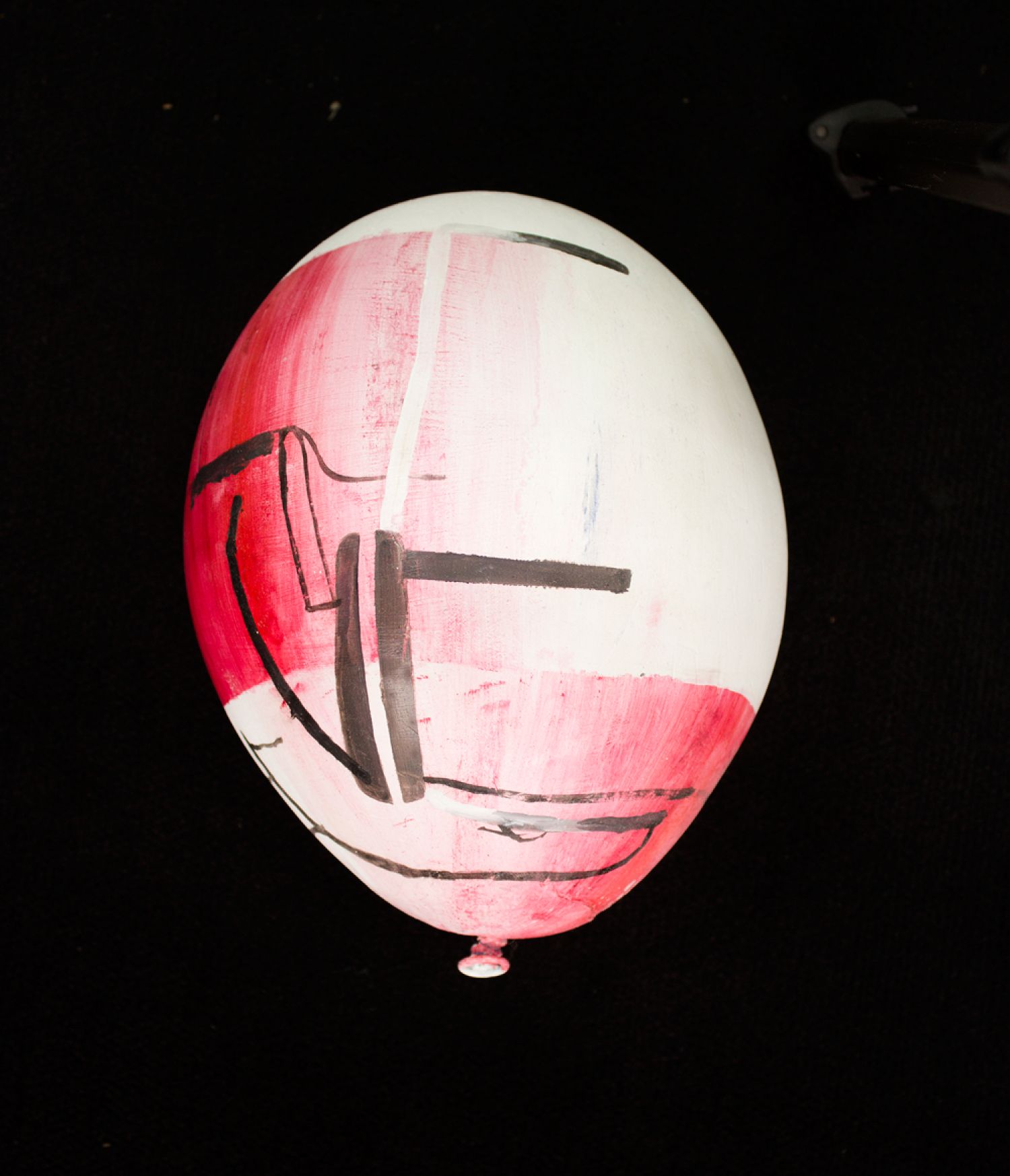
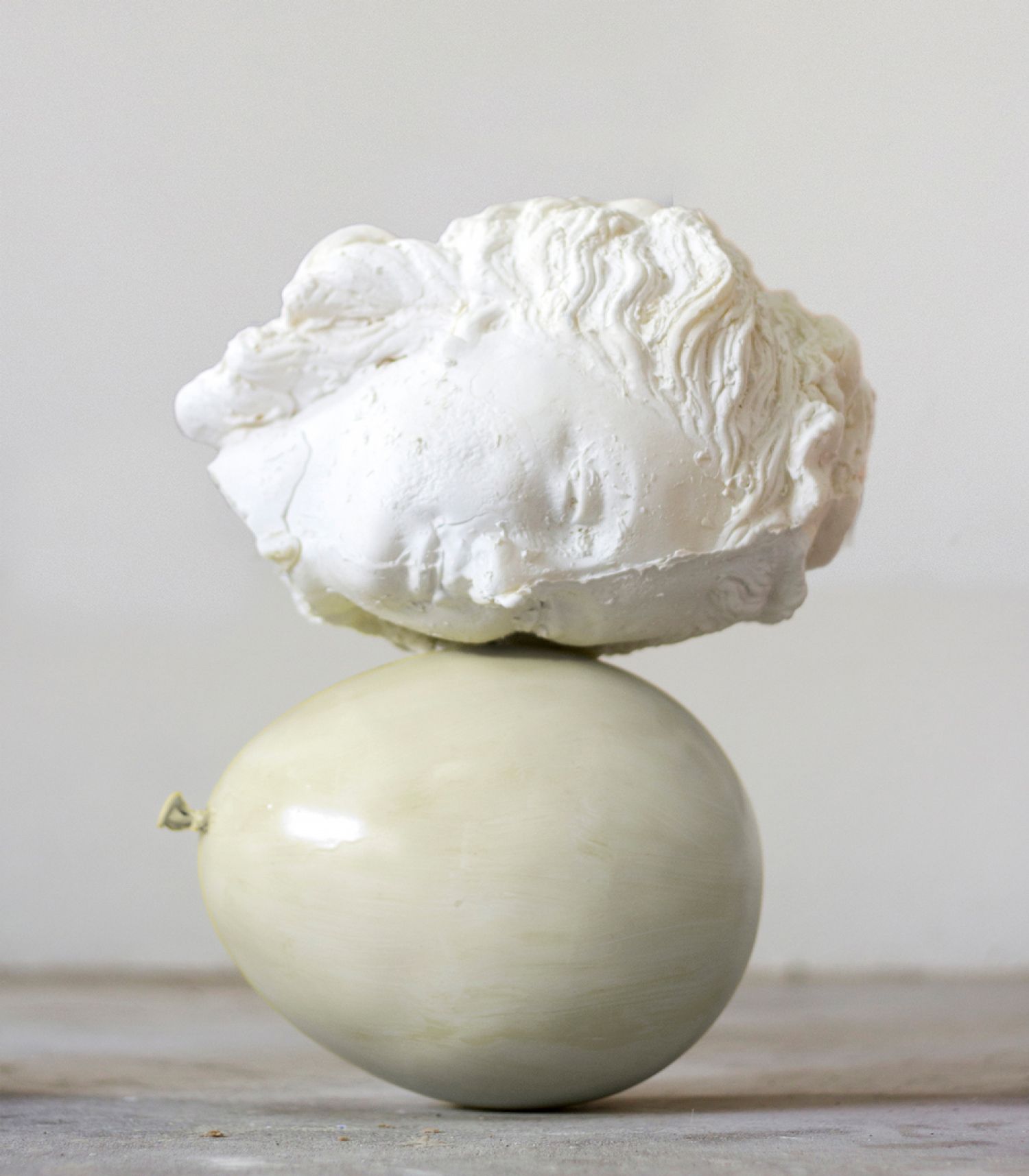
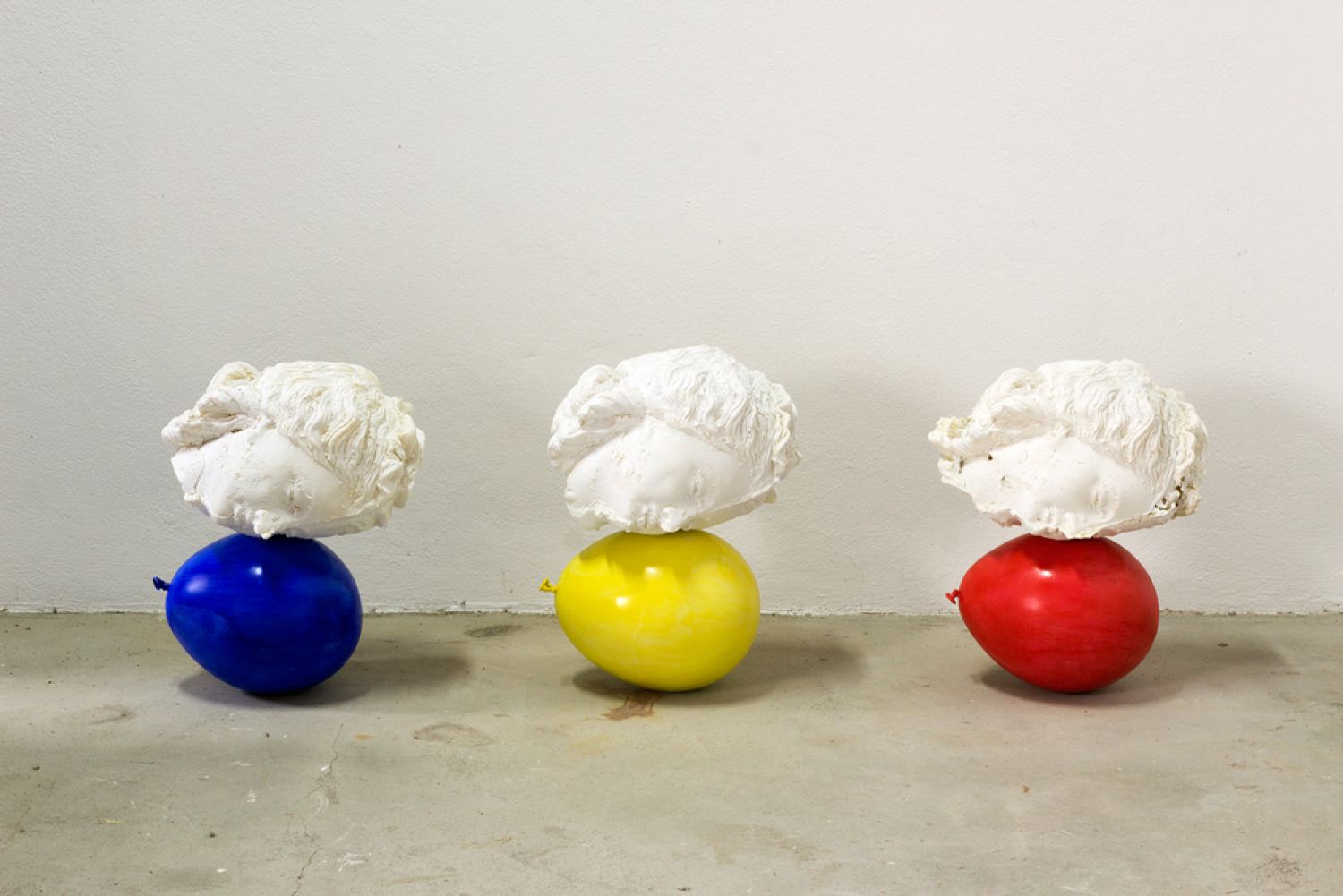
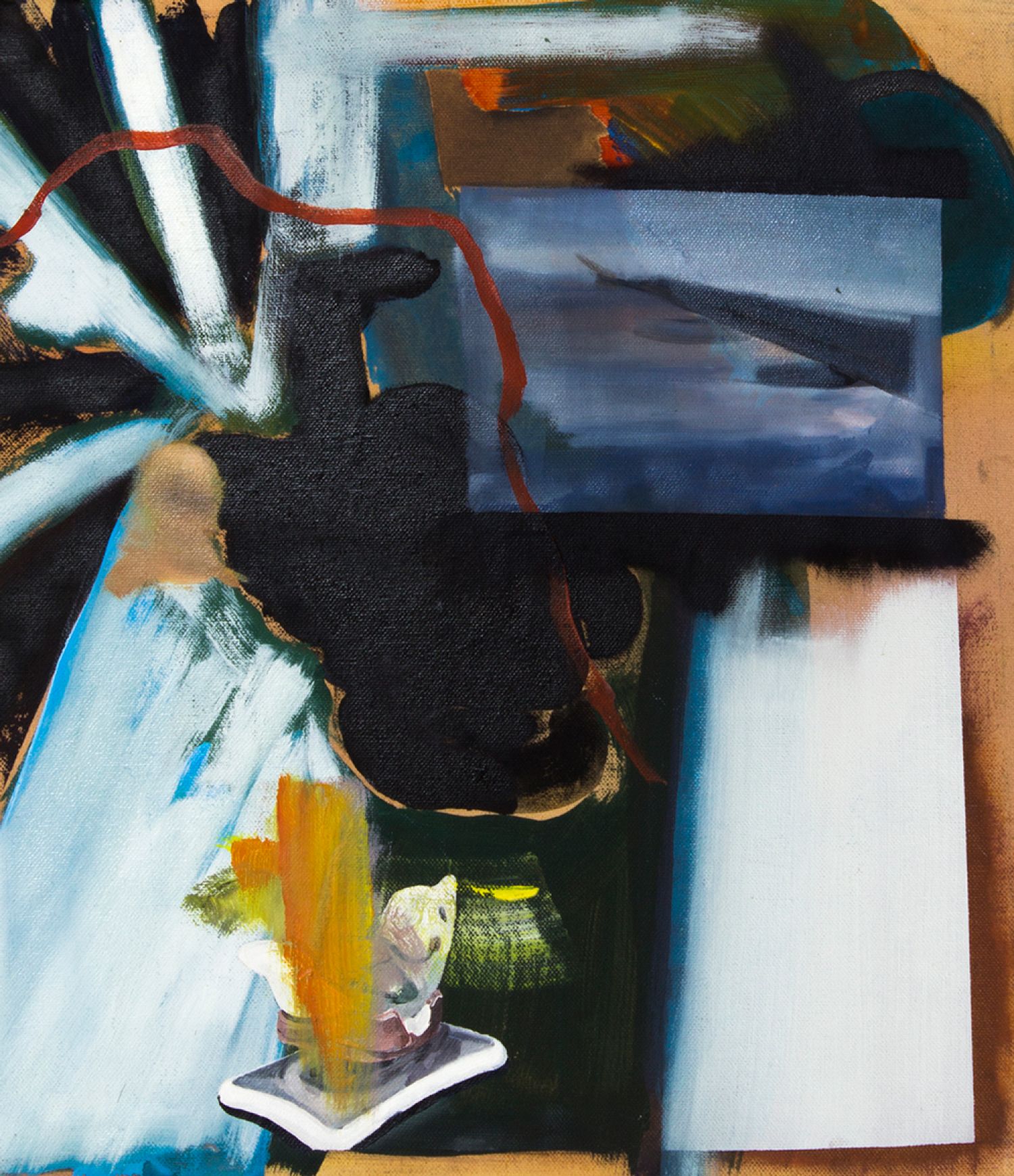
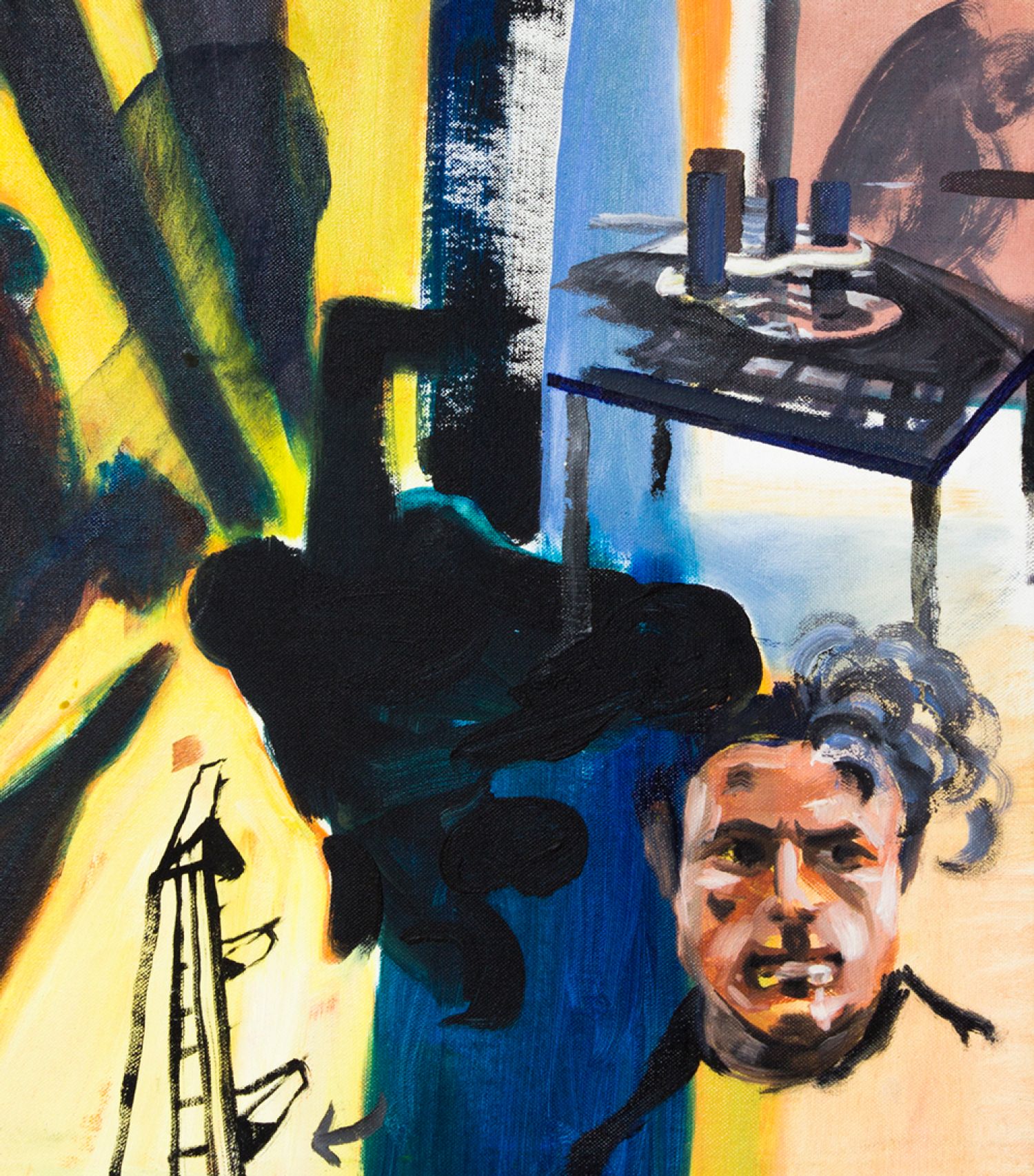
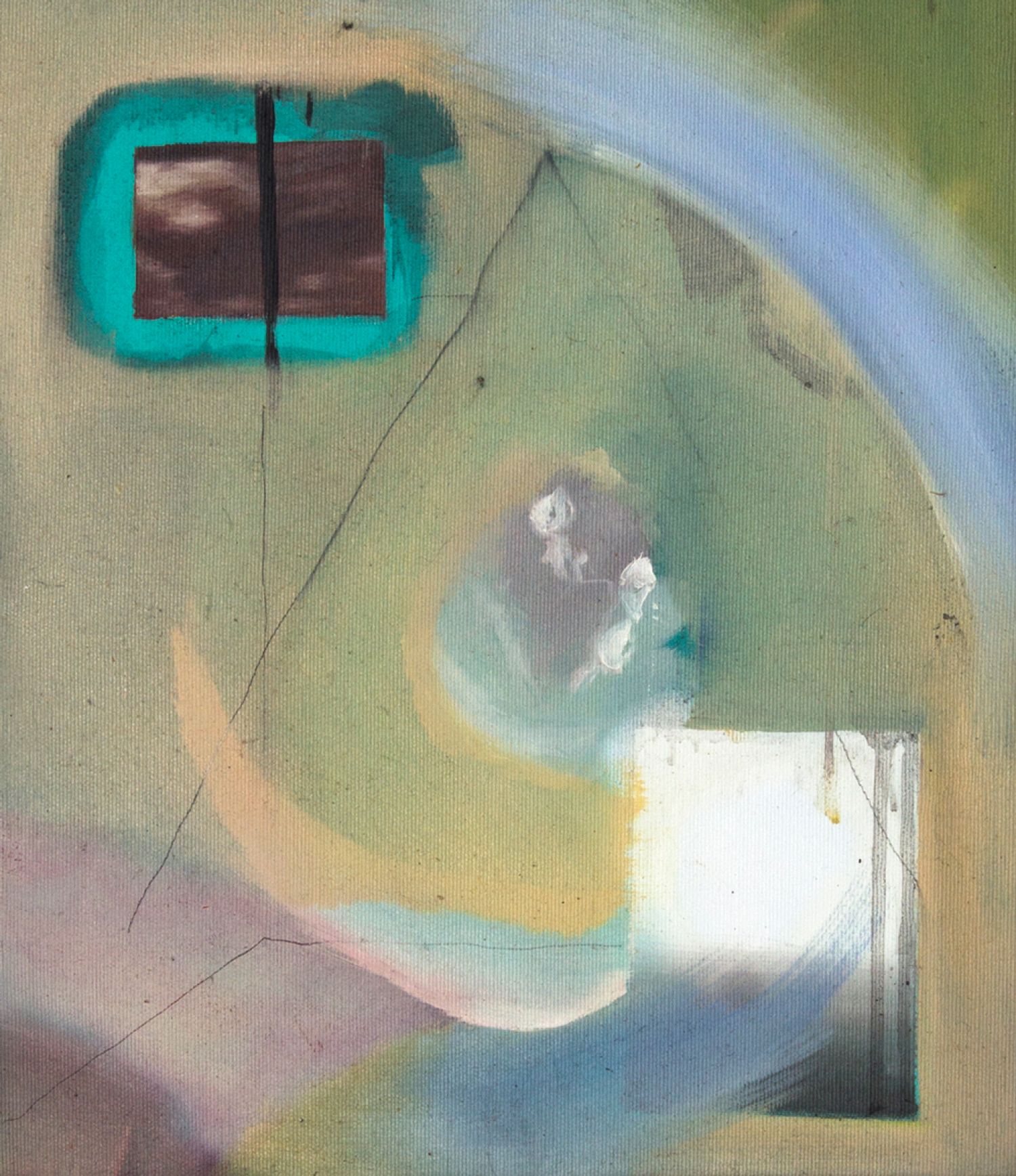
‘Pinturas más’ ('Bad paintings') departs from a correspondence with the tradition of bad painting (more typical of the Germany of the 1980s) – challenged by artists such as Albert Oehlen (series 'bad' paintings) or Martin Kippenberger (series Invention of a joke) – and the instance that is the physical moment of a subject upon a physical medium (the canvas and the marking that is made on it). Specifically, this parallelism takes place only on the condition of a symbolic change that unites the two fields – the strict relationship between 'neo-expressionism' with the search for or rejection of symbolism, and the moment when a mark is added or withdrawn from the canvas. The images are developed based on a critical reflection on the social and political context of the predominant model of society. A globalizing Western society, in which the image dominates the cultural space, which is part of a late capitalism, and is thought of from its particular elements. This analysis is done through the representation of a simultaneity of spaces, which intends to structure, in a symbolic way, a set of relations. This network is based on the intention of elaborating images, following an idea or theme, that can be superimposed or conjugated according to a certain notion of abstraction of the figurative image. This type of registration, in which juxtaposition serves as a method for hiding or revealing the various spaces by diminishing the index of pictorial hierarchy – removing the perspicuity usually associated with paintings of the same ‘genre’ – will question, in an entropic way, the mode of existence in which ‘everything is nothing, and nothing is everything’. This prelude of abstraction – marked by a disparity of images to which the era of aesthetic overvaluation refers to – distinguishes a certain existentialist characteristic – an existential attitude (which is perhaps one of the main foundations of the counter-culture movement). It is therefore necessary to achieve an outcome that understands the unfeasibility of decoration, and the ‘inhumanity or aridity’ of abstraction and the narrativism of figuration – a confrontation between illusory painting as imitation of nature, and a two-dimensionality that does not yield its optical space and the relationship between these two fields, which is already condemned to failure. It is this impossibility or indecision that, from another perspective, allows the breaking of conventions and guarantees a greater aesthetic autonomy. The direction of this work is to think of the binomial of form and content, to deconstruct these questions and to search for a result that finds its totality (that lives or survives) from a fragmented idea. Thus, these objects that are thought of in a set of phases that complement each other, open up a question that goes beyond the idea of thinking our world through its extension.
